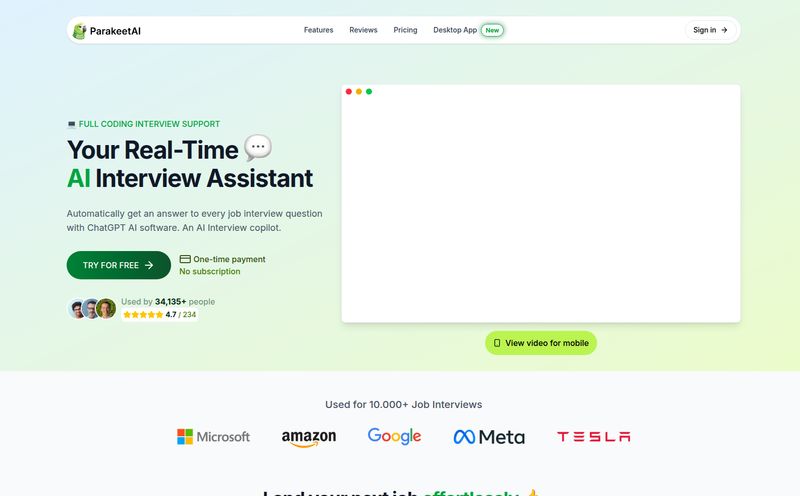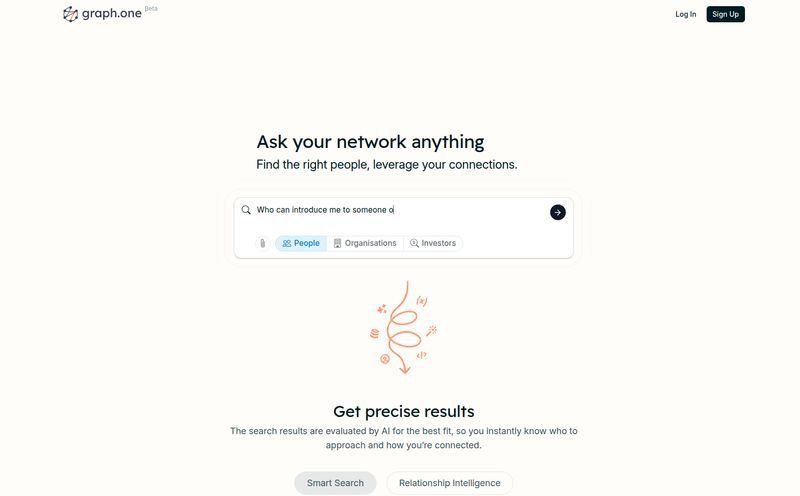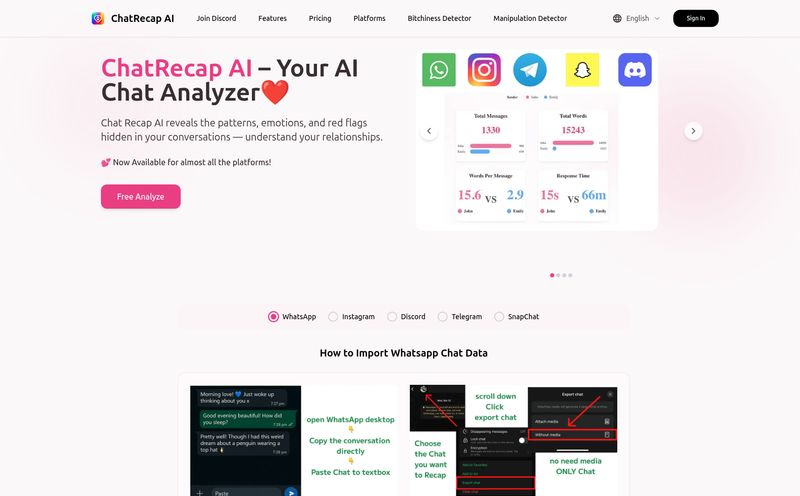As an eCommerce brand owner or marketer, you live with a low-grade, persistent anxiety. It’s the fear of the unknown. The fear that right now, as you’re reading this, a broken checkout button is costing you thousands. Or a slow-loading product page is torpedoing your ad spend. Or a key feature just stopped working after the latest site update, and no one has noticed yet.
It’s the silent killer of conversions. These aren't catastrophic site-down events; they're the tiny, insidious revenue leaks that bleed you dry over time. You spend all this effort on CPC campaigns, building a brand, and driving traffic, only to have it pour out through invisible cracks in your customer experience. Sound familiar? I thought so.
For years, our solution was to stare at dashboards. Google Analytics, Shopify Analytics, Triple Whale... you name it. We became data archaeologists, digging through charts and graphs hoping to find a clue. But that's a reactive game. By the time you spot a trend, the damage is already done. What we've really needed is a smoke detector for our store's revenue. Something that screams at us the moment a fire starts. Well, I think I’ve found it, and it’s called Out of the Blue.
What is Out of the Blue Anyway?
So what is this thing? Out of the Blue is an AI-driven intelligence platform built specifically for D2C brands. Forget the jargon for a moment. In plain English, it’s a watchdog that monitors your eCommerce site 24/7. But it’s not just another analytics dashboard that gives you more charts to ignore. Its whole purpose is to find problems—and opportunities—and alert you in real-time.
Think of it less like a bulky encyclopedia of data and more like a trusted advisor who taps you on the shoulder and says, “Hey, the add-to-cart button on our best-selling product page just broke. It’s costing us about $500 an hour. You should probably fix that.”

Visit Out Of The Blue
It’s a SaaS platform that plugs into your store and works behind the scenes. It’s designed to help you stop guessing and start knowing, turning raw data into time-critical interventions. A pretty bold claim, I know.
Moving Beyond the Endless Dashboard Graveyard
I have a confession. I have a bookmark folder titled “Analytics” that I’m almost afraid to open. It’s a graveyard of dashboards I signed up for with the best of intentions. The problem with traditional analytics is the sheer volume of noise. Data is great, but intelligence is better. Intelligence is data with context and priority.
This is where I see the biggest philosophical shift with a tool like Out of the Blue. It aims to replace the need for constant manual analysis. Instead of you hunting for the needle in the haystack, the AI is trained to find the needle and hand it to you. This is a massive change for small, overworked teams who don't have a dedicated data analyst on staff. Who has time for that?
The Core Features That Actually Matter
A tool is only as good as what it actually does. So, let’s get into the guts of Out of the Blue and see what makes it tick. It’s not about having a million features, but having the right ones.
Continuous Monitoring and Real-Time Alerts
This is the bread and butter of the platform. It’s always on, always watching. When it detects an anomaly—a broken link, a form that won’t submit, a sudden drop in conversion rate for users on a specific browser—it doesn’t wait for a daily report. It sends you an alert right then and there via Slack or email. This speed is what turns a day-long disaster into a five-minute fix. In eCommerce, that time difference can be thousands of dollars.
Conversion Funnel and Category Analysis
This is where it gets smarter than a simple uptime monitor. Out of the Blue doesn't just see if a page is working; it understands the typical flow of a customer. It analyzes your conversion funnel from the landing page to the thank you page. If it sees an unusual drop-off at a specific step, it raises a flag. Maybe your shipping options are suddenly not loading, or a discount code field is bugged. It also digs into category performance, helping you spot if a certain product line is suddenly underperforming for a technical reason, not just a marketing one.
Prioritization by Revenue Impact
Okay, this is the feature that made me sit up and pay attention. All alerts are not created equal. A broken link on your “About Us” page is an issue. A broken checkout button is a catastrophe. Out of the Blue quantifies the potential revenue impact of each issue it finds. This is an absolute game-changer. It means you can instantly see which fire is burning the hottest and direct your resources there first. For anyone who's ever felt overwhelmed by a long to-do list of site fixes, this is a breath of fresh air.
How Out of the Blue Works
The company claims a “No-Code, Zero Setup” experience, which is always something I'm a bit skeptical of. But the process seems straightforward. It follows a simple, logical flow: it first Collects & Captures data from your site, like user interactions and performance metrics. Then, its AI gets to work to Analyze & Correlate this data, looking for deviations from the norm. Finally, when it finds something meaningful, it triggers the Alert & Resolve step, pushing the prioritized insight to your team.
The idea is to get you from problem detection to resolution in minutes, not days. And from what I can see, you don't need to be a developer to get it running, which is a big plus for many marketing-led brands.
The Good, The Bad, and The Maybe
No tool is a silver bullet, and I always think it's important to look at both sides of the coin. Here's my honest take.
What I Really Like
The biggest win here, in my opinion, is moving from a reactive to a proactive stance on site health. Fixing revenue leaks you didn't even know you had is the fastest way to boost profitability. The potential to reduce costs by cutting back on other complex analytics tools or reducing the man-hours spent on manual data-digging is also very appealing. And honestly, anything that helps a team make genuinely data-driven decisions without needing a PhD in statistics gets a thumbs up from me.
A Few Things to Keep in Mind
Of course, no tool is perfect. With any AI-based anomaly detection, there's a potential for the occasional false positive alert. The system might flag a small, statistically insignificant blip. I’d rather get a few of those than miss a major issue, but it's something to be aware of. Also, it naturally requires integration with your eCommerce platform like Shopify. While they promise it's easy, any time you add a new tool to your stack, there’s a small amount of setup and a learning curve. Don't expect to be an expert in five minutes, even if it is 'no-code'.
Let's Talk Money: Out of the Blue Pricing
Alright, the all-important question: what’s this going to cost? The pricing page is refreshingly transparent. They have a few tiers, which I appreciate. It's not a one-size-fits-all approach.
| Plan | Key Features | Best For |
|---|---|---|
| Free Plan | 1 User, 2 Shopify Apps Monitored, 7 days of limited error data | Small stores or those wanting to test the basic concept. |
| Observe | Site speed monitoring, JS errors, 404s, page content status, pixel errors, alerts. | Brands that need foundational, real-time site health monitoring. |
| Observe & Analyze | Everything in Observe, plus Core Retention Channels, 360 visibility, Core Web Vitals. | Growing brands that need deeper insights into user behavior and retention. |
| Observe, Analyze & Enrich | Everything in previous, plus Lifetime ID, server-side C-API signals, audience sync. | Large-scale operations that need advanced audience segmentation and server-side tracking. |
The Add-ons
They also offer a couple of interesting add-ons. Pixel Insurance at $105/mo seems to be a service for automatically classifying and alerting on issues with your various tracking pixels (Meta, TikTok, etc.). Anyone who's had a pixel die on them knows the pain, so this could be valuable. Then there's a Done For You service at $350/mo which looks like first-level support for outages and issues. This is for teams that want to be almost completely hands-off.
It’s great to see a 14-day free trial on the paid plans, letting you properly kick the tires before committing.
So, Is Out of the Blue Worth It For Your D2C Brand?
Here’s my final take. If you’re a one-person shop making a few sales a week, this is probably overkill. Stick with the basics until you feel the growing pains. But if you're a D2C brand that's scaling up, managing significant ad spend, and you can't afford to have silent technical glitches undermining your growth, then yes, I think Out of the Blue is absolutely worth a serious look.
It's for the marketer who has felt that sinking feeling in their stomach when they realize the conversion rate tanked yesterday and they have no idea why. It's for the brand owner who wants to empower their team to be proactive, not just reactive. It’s an investment in digital peace of mind.
Frequently Asked Questions
- What exactly is Out of the Blue?
- It's an AI-powered SaaS platform that monitors your D2C website 24/7, automatically detecting technical issues and conversion problems, then alerting you in real-time with their revenue impact.
- Who is Out of the Blue best for?
- It's designed for growing D2C and eCommerce brands who are serious about optimizing their customer experience and stopping revenue loss from technical glitches.
- Is Out of the Blue difficult to set up?
- It's marketed as a no-code platform. While there's always a small onboarding process with any new software, it does not require a developer to integrate with your store and start monitoring.
- How is this different from Google Analytics?
- Google Analytics is a passive tool for analyzing historical data. You have to go in and find the insights yourself. Out of the Blue is a proactive tool that actively finds issues and opportunities for you and pushes alerts to you in real-time.
- Is there a free trial?
- Yes, they offer a 14-day free trial for their paid plans, allowing you to test out the full functionality. They also have a completely free, albeit limited, plan.
- What kind of common issues can it detect?
- It can find a wide range of problems, including broken checkout processes, slow page load speeds, 404 errors, malfunctioning tracking pixels, mobile usability issues, and sudden drops in conversion rates for specific products or pages.
Stop Guessing, Start Knowing
At the end of the day, running a successful eCommerce business is about controlling the controllables. You can't control market trends or what your competitors do, but you can control your own website's performance and user experience. Tools like Out of the Blue represent a shift towards giving that control back to brands. It's about building a more resilient, efficient, and ultimately more profitable online store. And in this competitive market, that's not just a nice-to-have; it's a necessity.
Reference and Sources
- Out of the Blue Official Website
- Out of the Blue Pricing Page
- Shopify's Guide to Conversion Rate Optimization



